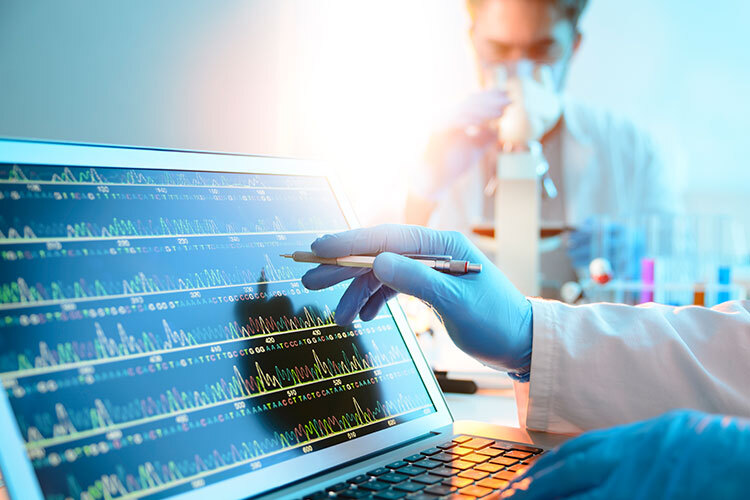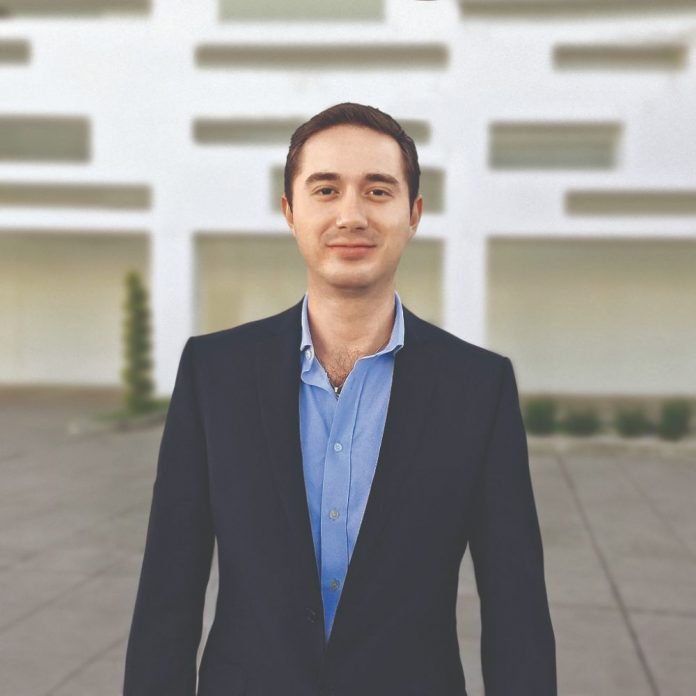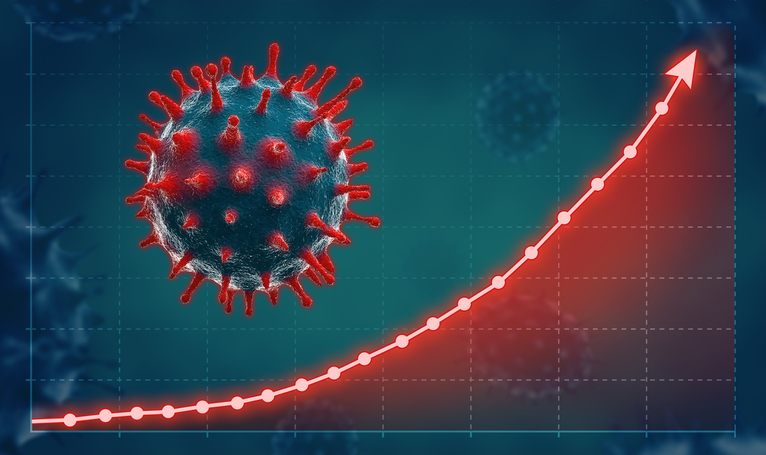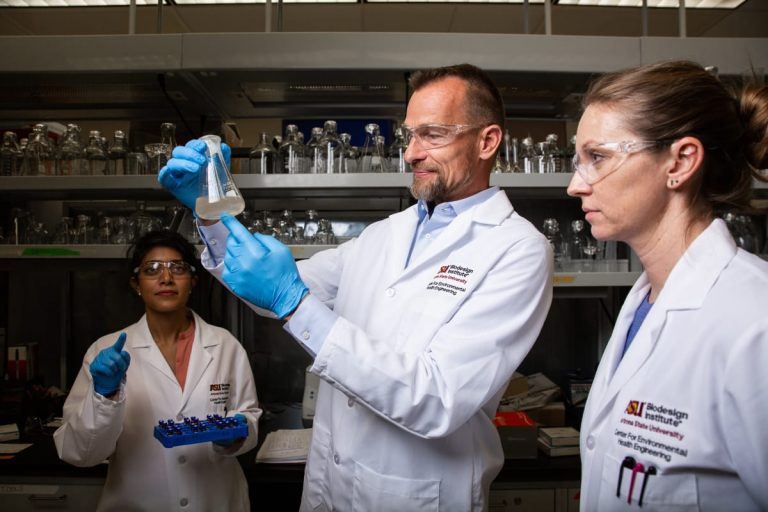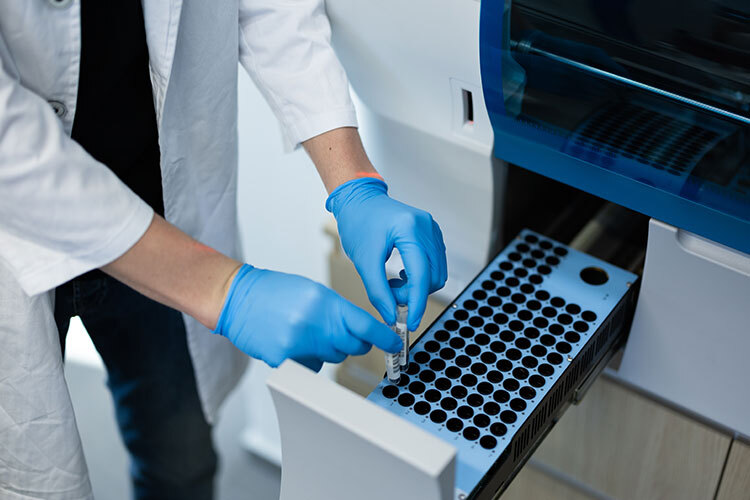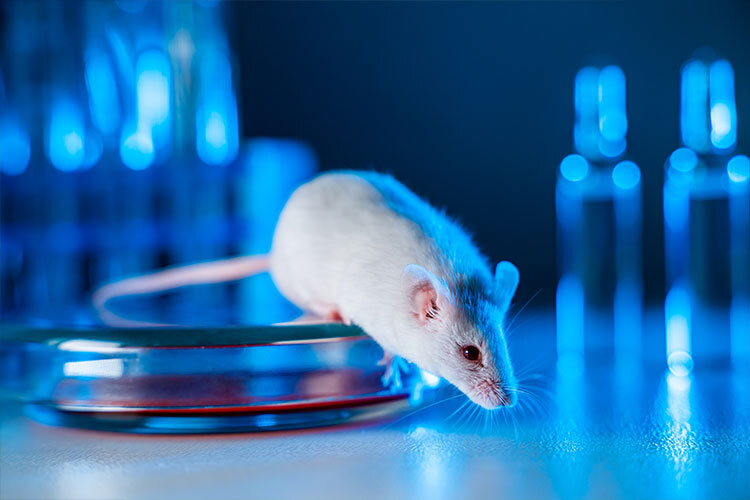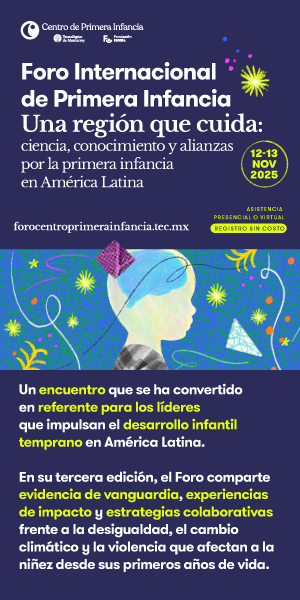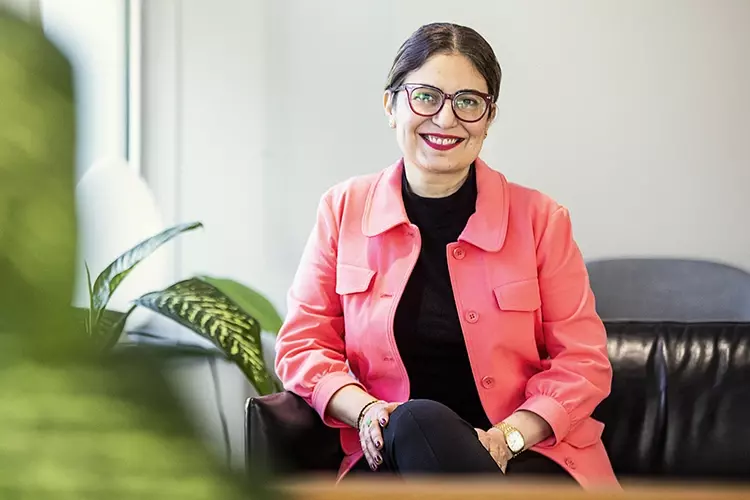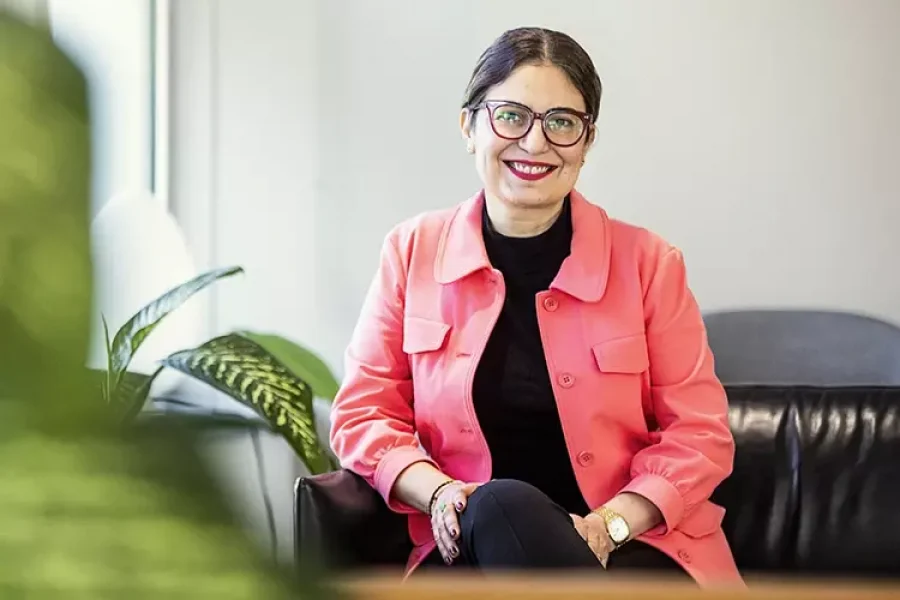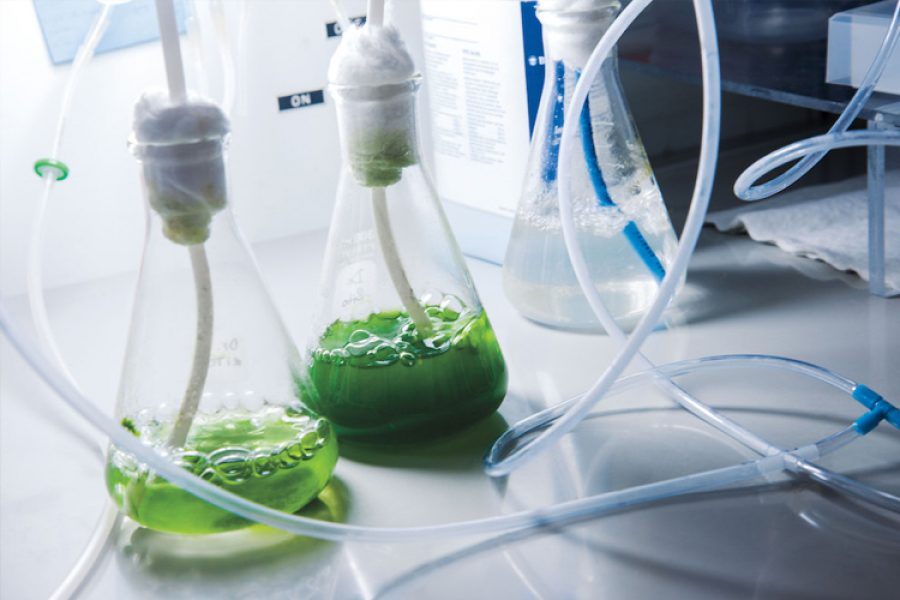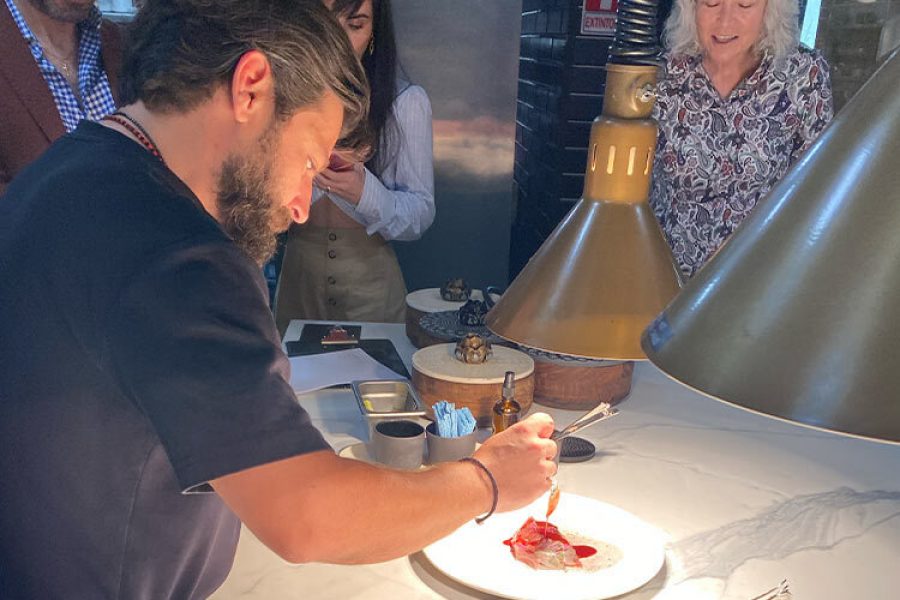Bioinformatics relies on programming and data science to conduct in-depth studies of the biology of species. It has many applications, from understanding the behavior of diseases like tumors to creating artificial neural networks.
According to Silvia Hinojosa, a bioinformatics specialist at Tec de Monterrey’s Genomics Core Lab, the discipline seeks to combine biology with programming.
“It’s all about finding solutions to biological problems using huge databases and software to analyze this information”, she explains.
Hinojosa, for instance, focuses mainly on species conservation using genomics techniques that allow her to locate and record which specimens exist in certain habitats.
“We have a project for monitoring species using their DNA. We can take a soil sample and then extract the DNA of all the species that have passed through it at that time”, she says.
It would be very complicated to keep a record of the animals without the help of bioinformatics because you would have to wait for them to appear in front of you or a camera previously set up. This method can be used to track the behavior of the jaguars that inhabit Nuevo León.
Another project studied by Core Lab Genomics is to understand why some pituitary tumors disappear and others reappear more aggressively than the previous one.
Bioinformatics has also contributed to the creation of artificial neural networks, a field widely used in artificial intelligence.
“The brain is composed of neurons: that’s the biological system. And we apply this model to computers: artificial neural networks are a simulation of how we can reason and create intelligence”, explains Víctor Sosa, an expert from the Tec’s Applied Artificial Intelligence group.
Margaret Dayhoff, a Forerunner in the Discipline
However, the origins of the discipline predate computers and DNA sequencing. An article published in Oxford University’s Briefings in Bioinformatics claims that bioinformatics goes back more than fifty years.
“In the late 1950s, (…) the first sequence (i.e. amino acid chain arrangement) of a protein, insulin, was published. (…) Furthermore, it encouraged the development of more efficient methods for obtaining protein sequences. (…) Coupled with automation, more than 15 different protein families were sequenced over the following 10 years”, the research reports.
It also suggests that the title of first bioinformatician in history should go to an American woman, Margaret Dayhoff, who applied computational methods in the field of biochemistry.
In the 1960s, Dayhoff worked to develop COMPROTEIN, a program to be run on the first commercial transistor computer (the IBM 7090) that marked the beginning of modern bioinformatics.
